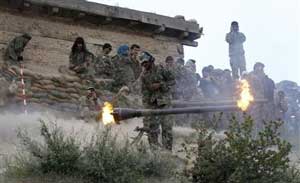13 Jun 2012 - {{hitsCtrl.values.hits}}
 U.S. troops returned to the area in Afghanistan they call the "dark side of the moon" this week, a remote Hindu Kush region that controls several access routes to Kabul and where the coalition suffered one of its biggest reverses in the decade-long war.
U.S. troops returned to the area in Afghanistan they call the "dark side of the moon" this week, a remote Hindu Kush region that controls several access routes to Kabul and where the coalition suffered one of its biggest reverses in the decade-long war.
29 Dec 2024 30 minute ago
29 Dec 2024 2 hours ago
29 Dec 2024 3 hours ago
29 Dec 2024 3 hours ago
29 Dec 2024 3 hours ago